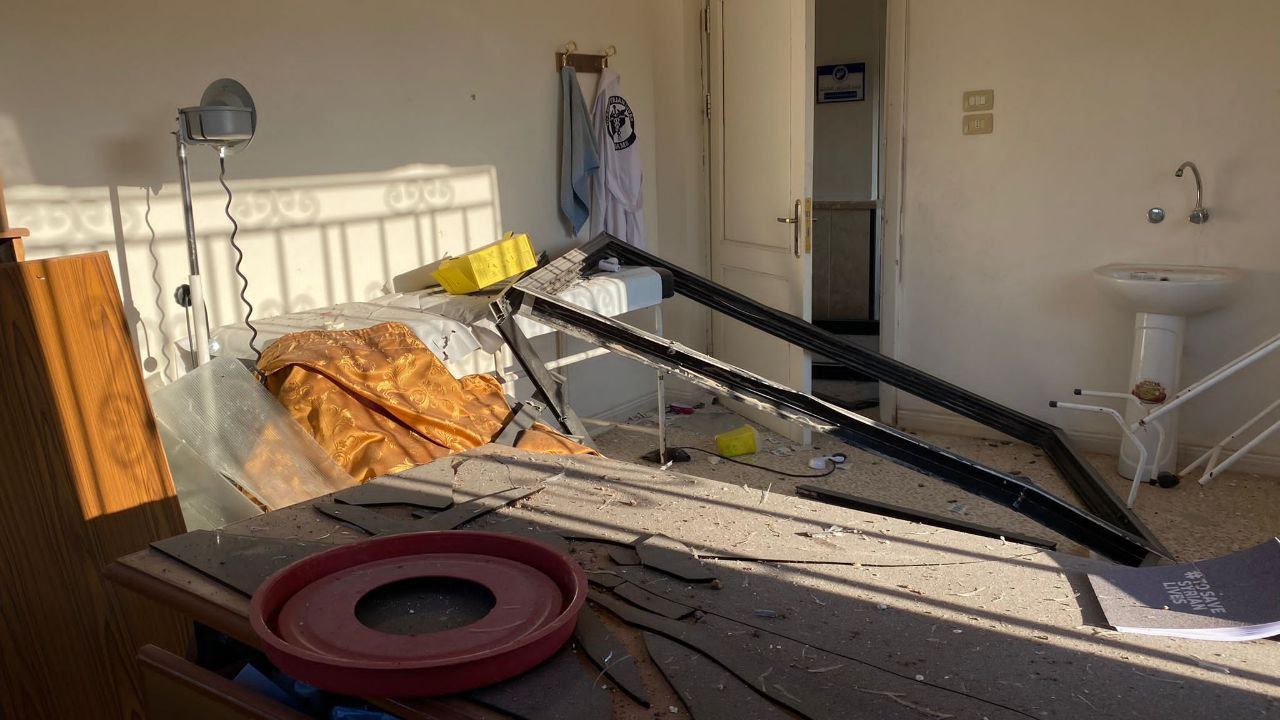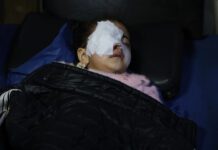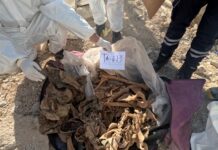
The Assad regime and its allies have escalated drone attacks on civilians and essential infrastructure across northern Syria, with recent strikes targeting residential areas, farms, and vital services such as clinics and schools, according to local sources and humanitarian organizations. Syrian Civil Defense, also known as the White Helmets issued a renewed warning about the mounting threat posed by these strikes, which have claimed lives, caused injuries, and forced residents to flee, disrupting education, agriculture, and daily life for thousands of civilians.
The latest attacks come amid the olive harvest season, a critical period for many residents’ livelihoods in Idlib and Aleppo. Syrian Civil Defense warned that these “suicide drones” not only put civilian lives at risk but also impede agricultural activities. “Suicide drones leave behind killing, terror, blood, and destruction, while accountability is absent, and the criminal regime is skilled at killing Syrians,” a spokesperson from the Civil Defense said, denouncing the relentless bombardment by the regime and its allies, including Russia and Iran.
On Thursday, November 7, regime forces intensified drone assaults on villages in northwestern Syria, including the outskirts of Tadil in Aleppo’s western countryside and a residential area in Darat Izza. These attacks followed a Wednesday raid where 15 drones targeted the Maarat al-Naasan-Kafr Nouran road and nearby towns, killing a young man and injuring another.
The White Helmets reported that since January, more than 256 suicide drone attacks have struck Idlib and Aleppo’s countryside, resulting in 34 civilian deaths and 88 injuries, with many victims being women and children. The Syrian Response Coordinators (SRC) team, an organization tracking the conflict, estimated that these attacks involved a total of 874 drones, with only 133 successfully downed before reaching their targets. The continued bombardment has further destabilized the region, particularly in areas that rely heavily on agriculture for income.
In addition to targeting farmland, recent strikes have hit essential infrastructure. On Saturday, November 9, regime artillery struck neighborhoods in Sarmin, east of Idlib, and Atarib, west of Aleppo, damaging a clinic in Sarmin and temporarily putting it out of service. Residents also reported a rocket attack on Atarib’s neighborhoods, which caused a fire in a residential home that civilians struggled to control.
These attacks have stymied efforts to restore essential services in the region, with medical centers, schools, and clinics repeatedly caught in the crossfire. The head of the Syrian National Coalition, Hadi Al-Bahra, condemned the strikes as a direct threat to civilian life and a clear impediment to any potential refugee return. “The intensity of the attacks and the continued bombing operations clearly show the absence of a suitable environment for the return of refugees,” Al-Bahra said, emphasizing that a political solution aligned with international resolutions is the only viable path to safe repatriation.
According to Civil Defense reports, drone attacks have forced farmers to abandon their fields or face deadly risks in areas across Idlib and Aleppo. “The war of the Assad regime, Russia, and their allies continues to kill,” the Civil Defense spokesperson added, pointing to the deliberate targeting of agricultural zones as a tactic to disrupt local economies and further displace civilians.
With attacks intensifying over the last eight days, Al-Bahra reported that regime forces and Iranian militias have conducted at least 60 drone strikes since the beginning of November alone. In response, humanitarian groups and local leaders continue to call on the international community to take immediate action to protect civilians and prevent further targeting of essential resources. For now, as winter approaches and violence escalates, civilians in northern Syria face mounting challenges to survive amid continued airstrikes and an uncertain future.








